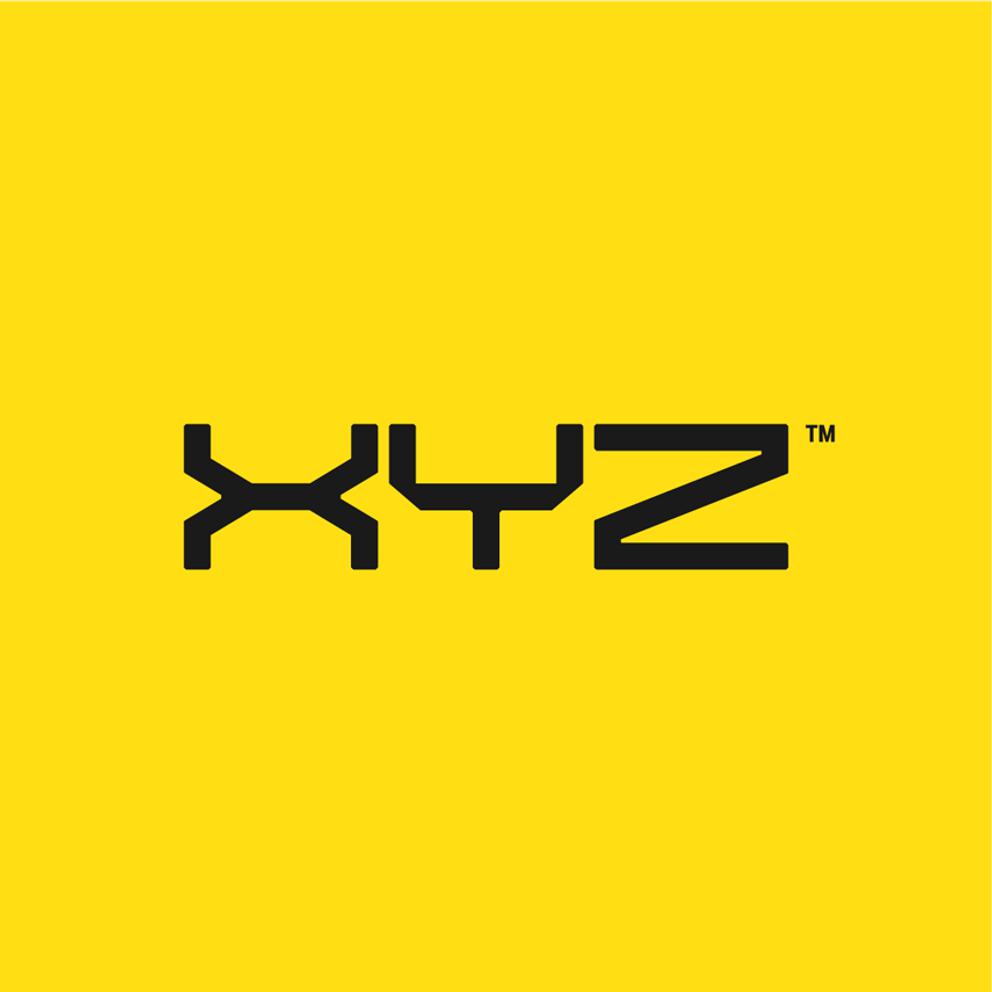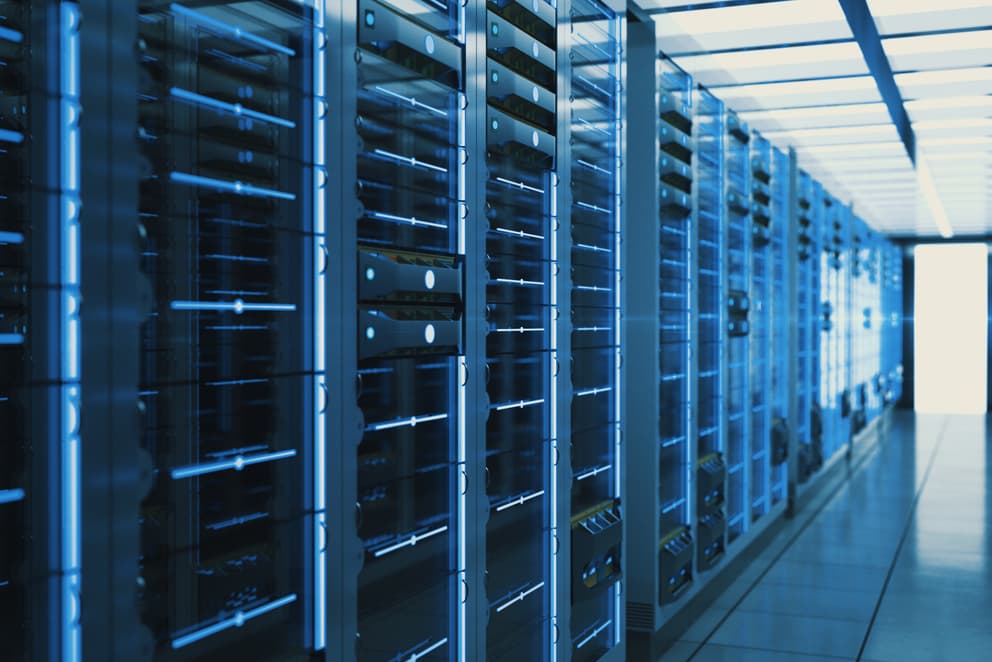-
Services
Services
Find out how we work with our clients and deliver value to construction projects from day one
-
Solutions
Solutions
Discover how all our solutions sync together to deliver construction's most powerful BIM platform to date
-
Built for
Built for
-
Industry
Industry
Understand how we support construction's biggest sectors, and hear from our clients who have experienced the power of XYZ
-
Resources
Resources
Get stuck into all our latest thought leadership, news, reports and industry leading content
-
Company
Company
Dive into what makes XYZ tick, unearth why construction is in our DNA and why we are world leaders in AR solutions

Insights
How Are Data Centers Balancing AI Growth and Sustainability?

15 November 2024
The rapid growth of Artificial Intelligence (AI) and the data centers that power them has brought to the fore a wealth of latent issues that have been festering below the surface for many years. Principle among these is the issue of sustainability – a topic that has been spoken about in many industries for decades.
The data center industry faces unique sustainability challenges. The soaring demand for power and water – projected to increase by 160% by 2030 – coupled with shortages and rising costs, has put data center developers and owners in a position where building and powering facilities sustainably is no longer optional; it has become essential.
Following the announcement that Google will be switching to nuclear power for their data centers. We’ve collected a list of the most interesting and impressive innovations that data centers and developers have made in the name of sustainability and efficiency.
Digital Realty – Cloud House
This 12,900 m² London data center, opened in 2020 in the London Docklands, was the winner of the Excellence Awards 2023 Green Data Center of the Year, primarily because it uses 100% carbon free renewable energy to power it.
The real game-changer for this data center is its innovative cooling system. It draws water directly from the Millwall Inner Dock and, after some technical processing, uses it to cool the entire facility efficiently.
This system boosts energy efficiency by a factor of 20. Thanks to these innovations, it earned an 'Excellent' rating from BREEAM UK and was later awarded Green Data Center of the Year.
Equinix – Paris PA10
Perhaps the most well-known data center on this list, Equinix’s Paris data center PA10 became the talk of the industry after it announced it would be heating the Olympic aquatics center for the Paris 2024 Olympic Games.
Through a heat exchanger, the excess heat from standard operations is diverted to the Paris grid, creating a sustainable energy source.
However, this project is even more impressive than the headlines suggest. The heat generated not only warms the Olympic swimming pool but also provides heating for the entire Saint-Denis neighborhood, significantly reducing the demand for alternative energy sources.
Additionally, the excess heat is used to grow fruits and vegetables in a rooftop greenhouse above the data center.
Global Switch – Hong Kong
Global Switch’s Hong Kong data center is impressive not for its initial construction, but for how it has been developed since.
Completed in 2014, the facility recently underwent a major upgrade that resulted in more than double the efficiency. The power capacity increased from 40 kW per rack to 100 kW per rack, a significant jump in density – all within the original 2017 data center structure.
To support growing AI demands, particularly from Chinese clients, Global Switch has introduced direct liquid cooling at the Hong Kong site. This advanced cooling system is designed to manage high-density racks, each capable of handling up to 100 kW.
While new data centers often set the standard, this Hong Kong facility is a powerful example of how older centers can be transformed to keep pace with modern requirements.
Spark – Auckland
New Zealand telco Spark is taking a uniquely Kiwi approach to sustainability by partnering with global surf park creator Aventuur to use excess heat from its Auckland data center to warm a surfing lagoon. This initiative is part of a broader sustainability effort that also includes a similar project in Perth, Australia, where Spark's data center will provide heat for a surf park.
But the Auckland data center isn’t just going green through this innovative heating system. It has also signed an agreement with Genesis’ solar farm to purchase 100% of its electricity. This partnership covers 60% of the 40MW data center's energy needs, making Spark’s operations sustainable in multiple ways.
Meta - Luleå
The oldest data center on the list, Meta’s Luleå data center in Sweden was completed in 2013 on the edge of the Arctic Circle.
The region’s cold climate naturally aids in cooling the data center, a factor Meta has leveraged by installing cooling fans that draw in outside air to cool tens of thousands of GPUs. This innovative use of natural cooling minimizes the need for traditional air conditioning systems.
In addition to its cooling advantages, the Luleå data center is powered entirely by energy from a local hydroelectric plant. This 100% renewable energy source is incredibly reliable, reducing the need for backup generators by over 70%, which significantly lowers the center’s reliance on fossil fuels.
Though it’s an older facility, Luleå's efficient and sustainable design continues to set a high standard in the industry.
These are our top picks for the most innovative and sustainable data centers making a real impact. Along with many others, these facilities are not only advancing the data center industry but also setting new benchmarks for sustainability across other sectors. We’d love to hear your thoughts – did we miss any noteworthy examples? And what innovations do you think will shape the future of the industry? Let us know!
To dive deeper into the era of the sustainable data center, read more here.







